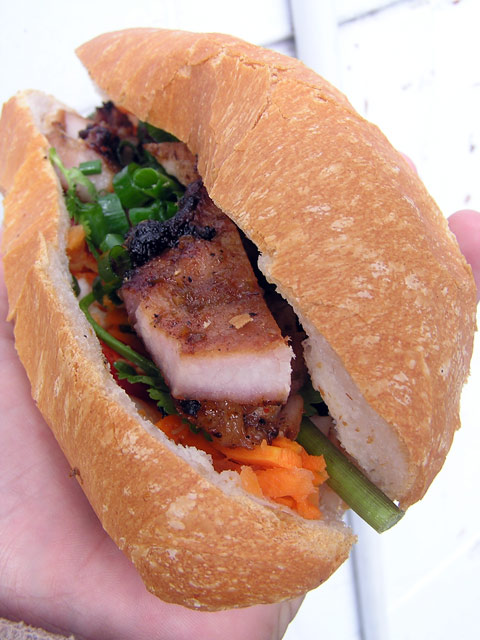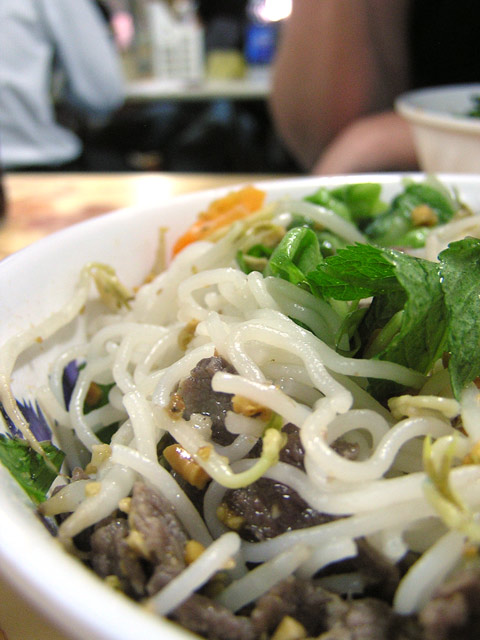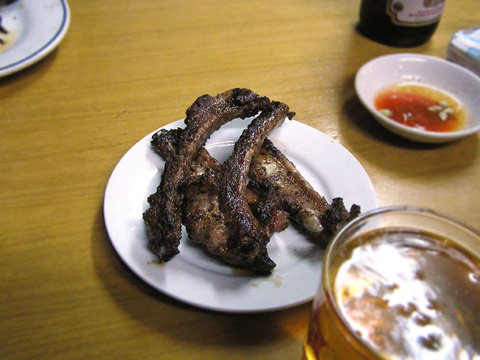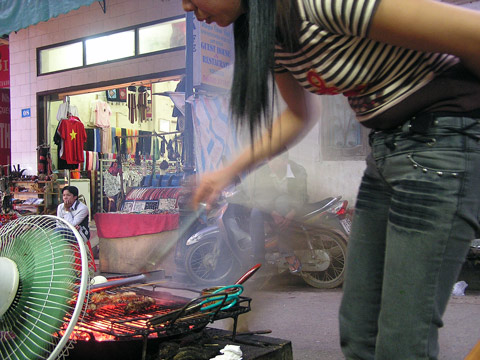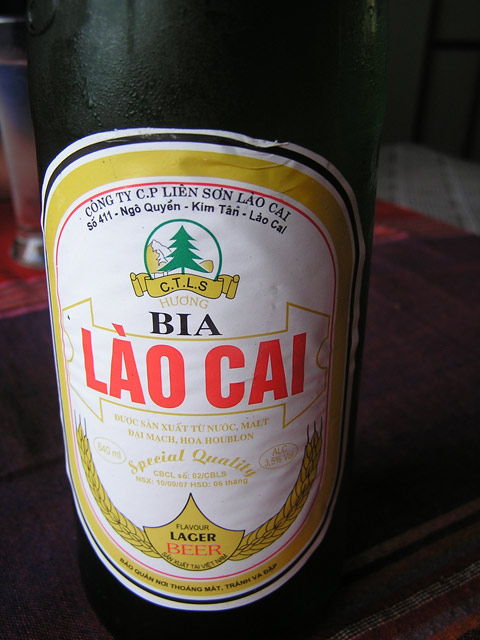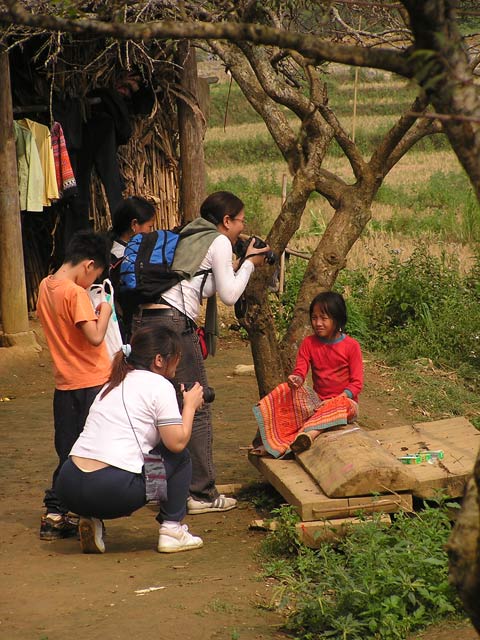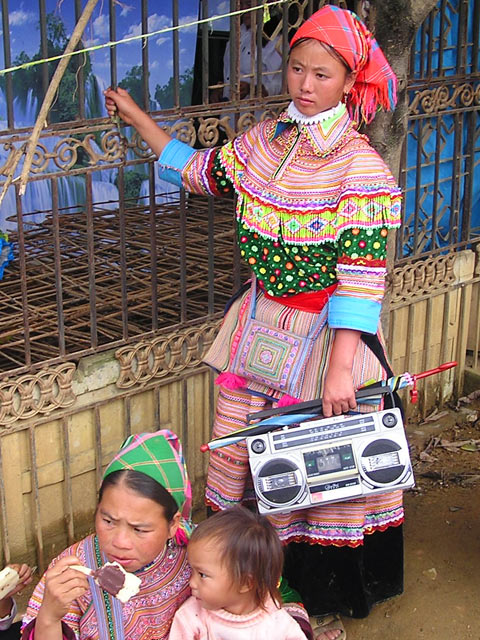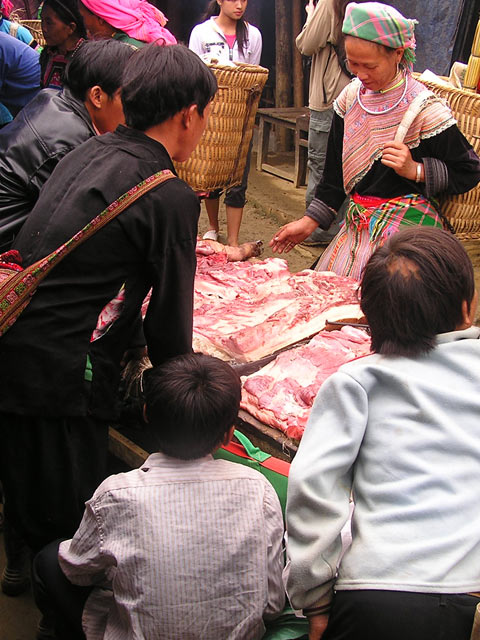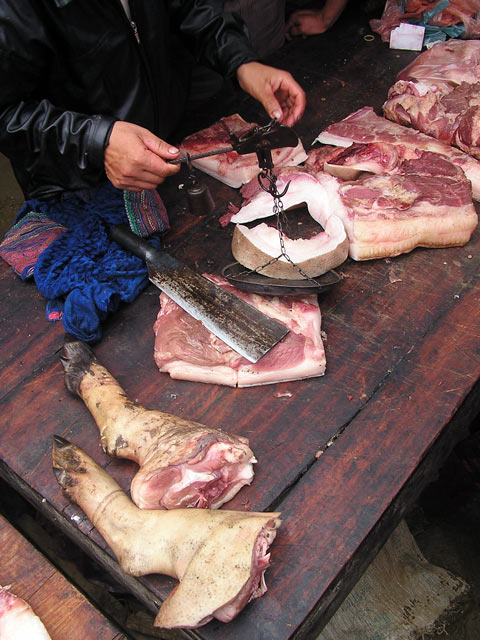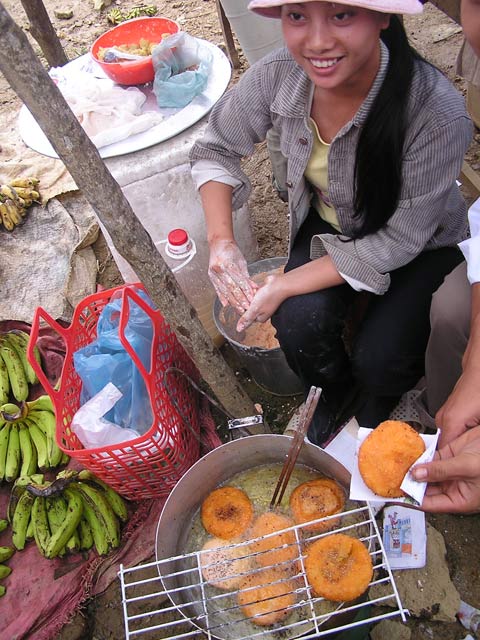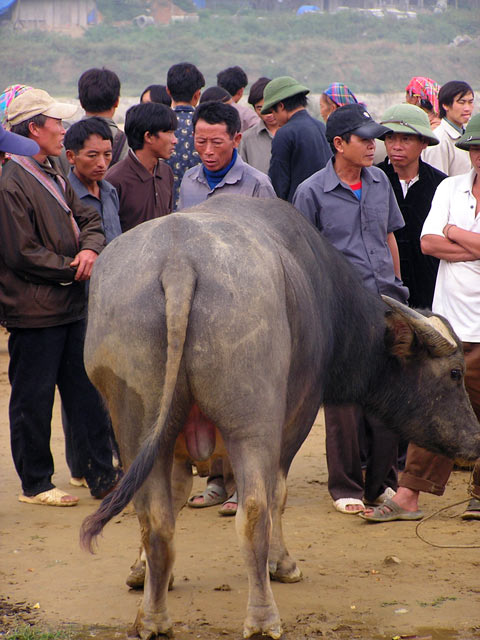Which was how my friend J summarized my decision to move back to Melbourne. I personally have nothing against Bill Granger and he has nothing at all to do with my decision to not move anywhere near him. The other reason to move to Sydney seems that in my absence, the rental property market in Melbourne has gone to hell. The delicious dividend of the hellacious market is the following bánh mì thịt heo nướng, stumbled upon while I was between real estate agents in Footscray.
It is the real deal and unlike the properties that I saw, worth waiting in a queue to get. If I could live inside a sandwich, it would be this one. Flame-grilled chunks of marinated pork meat sit atop pickled, shredded carrot and daikon (instead of green papaya); coriander leaf and stalks; spring onions and fresh chili. The bun is as fresh as you’d find anywhere on the streets of Saigon, the meat even fresher.
The restaurant’s name, Truc Giang, betrays its Southern Vietnamese origins.
Price: $3
Location: Truc Giang Restaurant, 36a Leed St, Footscray, VIC
Phone: (03) 9689 9509
